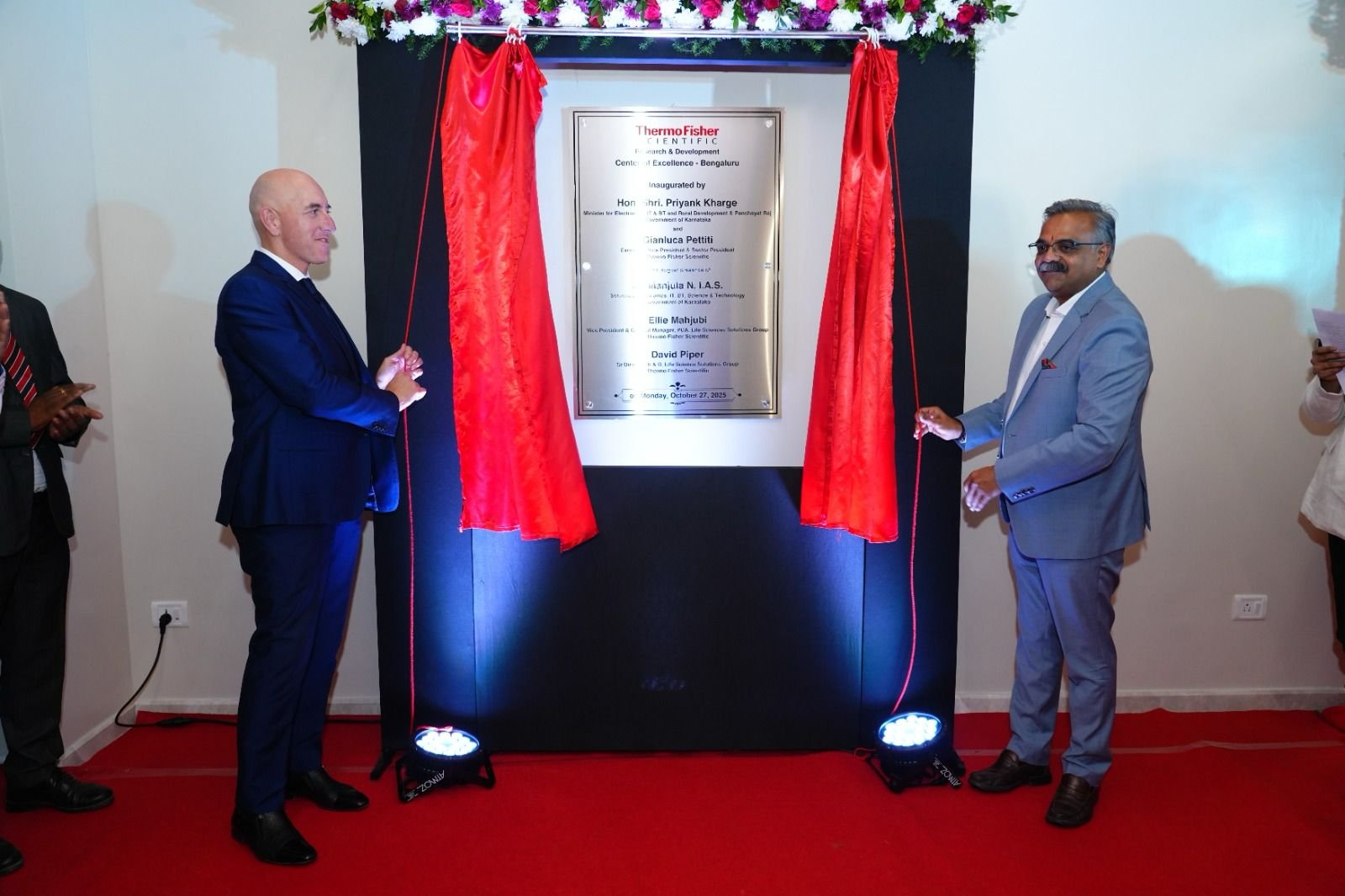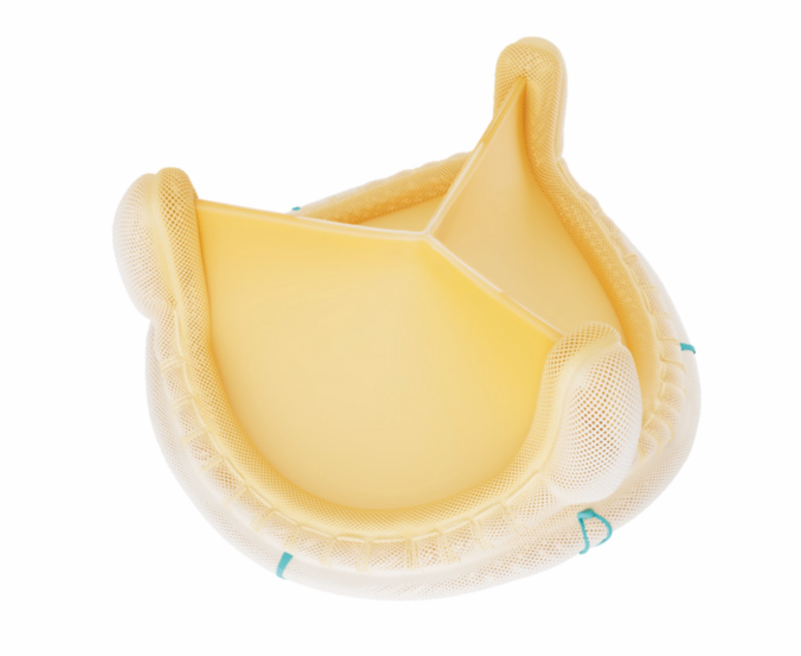Hospitals Without Carbon Footprints
May 31, 2025 | Saturday | Views | By Sameer Mehta, Director of Projects, HOSMAC
While modern hospitals are made of high-end technology and sleek interiors, there is an invisible trail of carbon emissions that shadows this pursuit of healing. This is a contradiction at the heart of healthcare design: buildings meant to restore health are, paradoxically, exacting a toll on the health of the planet.
At the heart of the sustainability discourse is consumption of energy, materials, food, pharmaceuticals, and resources of all kinds. As an industry, healthcare is responsible for nearly 5 per cent of global greenhouse gas emissions. From energy-intensive diagnostic equipment to large volumes of biomedical waste, the sector is among the highest energy guzzlers on a per-square-foot basis. In our quest to save lives, it cannot be ignored that the industry is contributing to air pollution, climate change, and the very health challenges it seeks to treat.
Two forces often inhibit change in healthcare design. One is denial, the proverbial frog in the well, unaware or unwilling to acknowledge the problem. The other is apathy, a belief that individual or institutional efforts cannot move the needle. But evidence suggests otherwise. Sustainability in healthcare design offers tangible benefits in operational efficiency, cost reduction as well as patient and staff well-being.
Core Principles of Sustainable Healthcare Design
To build resilient, environmentally responsible healthcare infrastructure, we must begin with foundational design principles:
Energy Efficiency: Through passive design strategies like natural ventilation, daylighting, and high-performance insulation, energy demand can be significantly reduced. Energy-efficient HVAC systems, LED lighting, and smart building technologies can also be used to enhance efficiency.
Renewable Energy Integration: Solar panels, wind turbines, and geothermal systems reduce dependence on fossil fuels. For instance, a 260,000 sq. ft. ophthalmology centre is currently being designed in India to service 30 per cent of its electrical load through captive solar power.
Water Conservation: Facilities must adopt low-flow fixtures, rainwater harvesting systems, and greywater recycling to reduce water consumption and preserve precious resources.
Waste Management: Hospitals generate vast amounts of biomedical and general waste. By promoting waste segregation, recycling, composting, and reusable materials, the environmental impact can be minimised.
Sustainable and Non-Toxic Materials: The use of locally sourced, renewable, and low-VOC materials contributes to healthier indoor air quality and longer-lasting infrastructure.
Smart Technology: Advanced monitoring tools can track energy and water usage, enabling real-time optimization and predictive maintenance. Department-level power monitoring, for example, can help reduce electrical demand by an additional 15% over standard load calculations, without system failures or downtime.
Biophilic and Healing Design: The integration of nature, through gardens, green walls, and daylight, has psychological benefits and promotes sustainability through passive design techniques.
Site Orientation and Urban Planning: Green roofs, thoughtful placement of buildings, and access to public transportation reduce urban heat islands and carbon footprints.
Flexibility and Future-Proofing: Modular construction, scalable infrastructure, and adaptable spaces ensure that hospitals remain relevant as medical technologies and patient needs evolve.
Sustainability is often dismissed as expensive or idealistic. But small, practical measures can transform hospitals into climate-resilient, economically sustainable, and patient-centered institutions.
As designers, engineers, and healthcare professionals, we carry a dual responsibility: to heal people and to protect the planet. Let us aspire to make the healthcare industry not just a beacon of medical excellence, but a champion of carbon-neutral innovation.
Sameer Mehta, Director of Projects, HOSMAC









